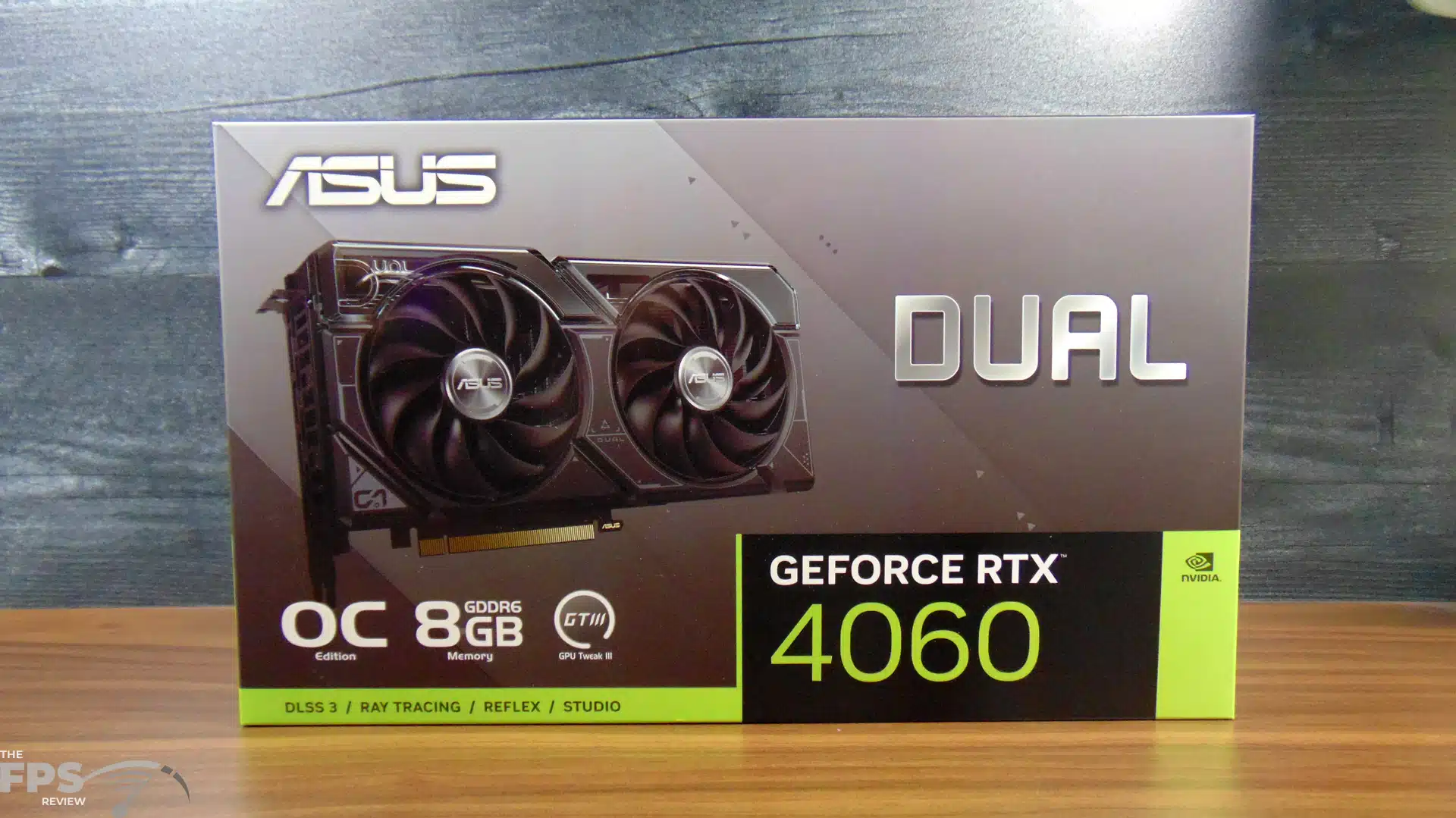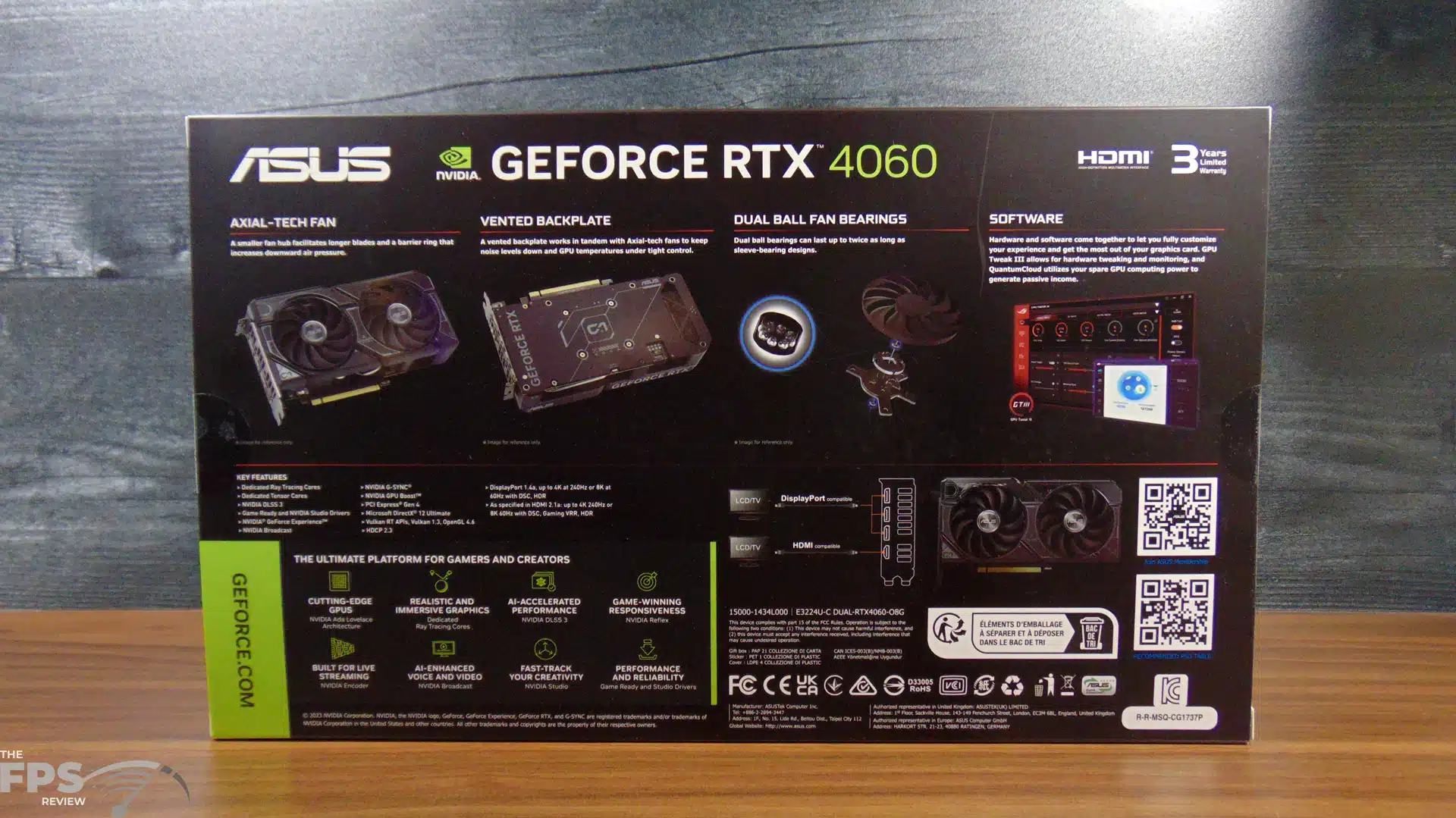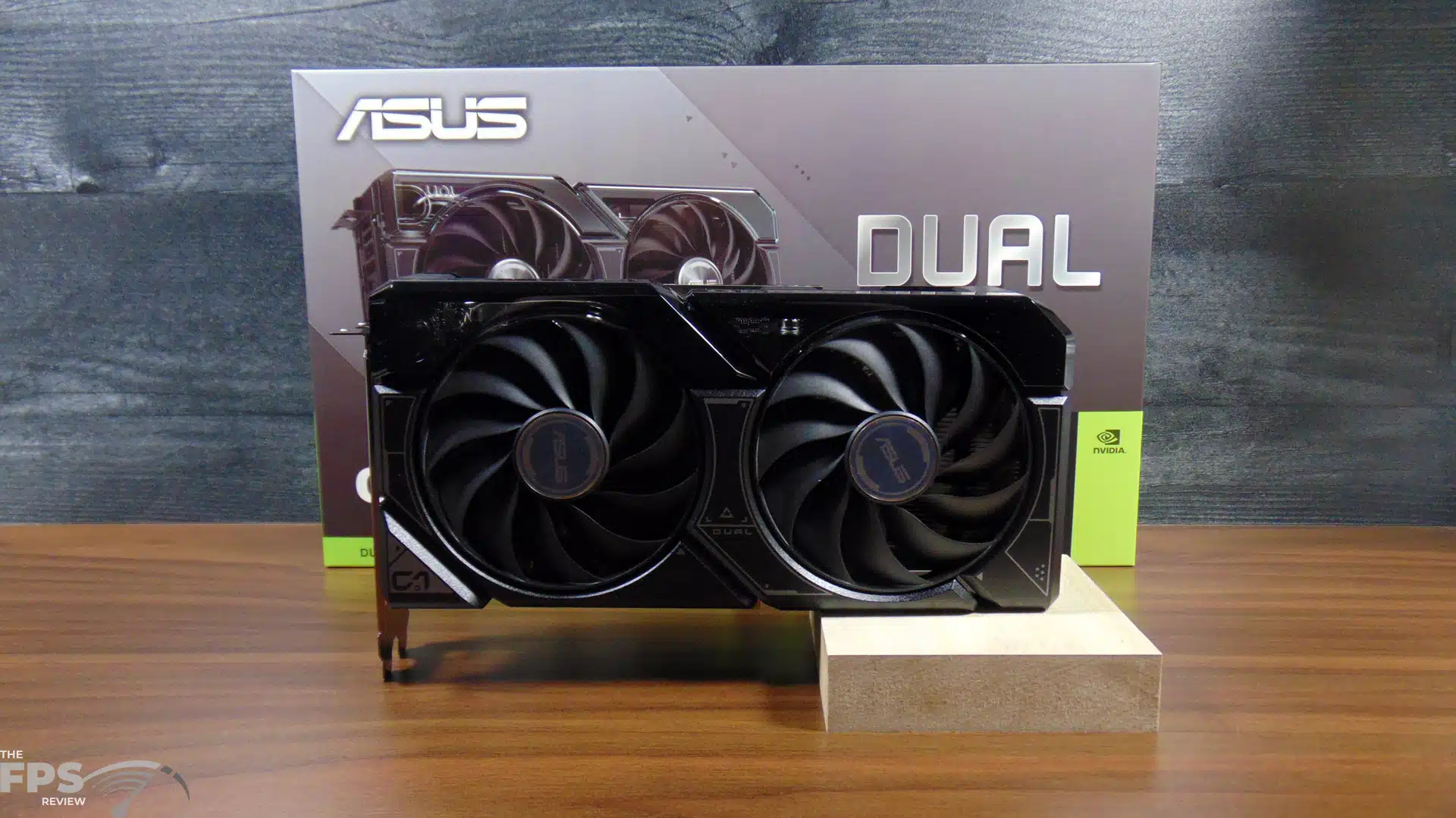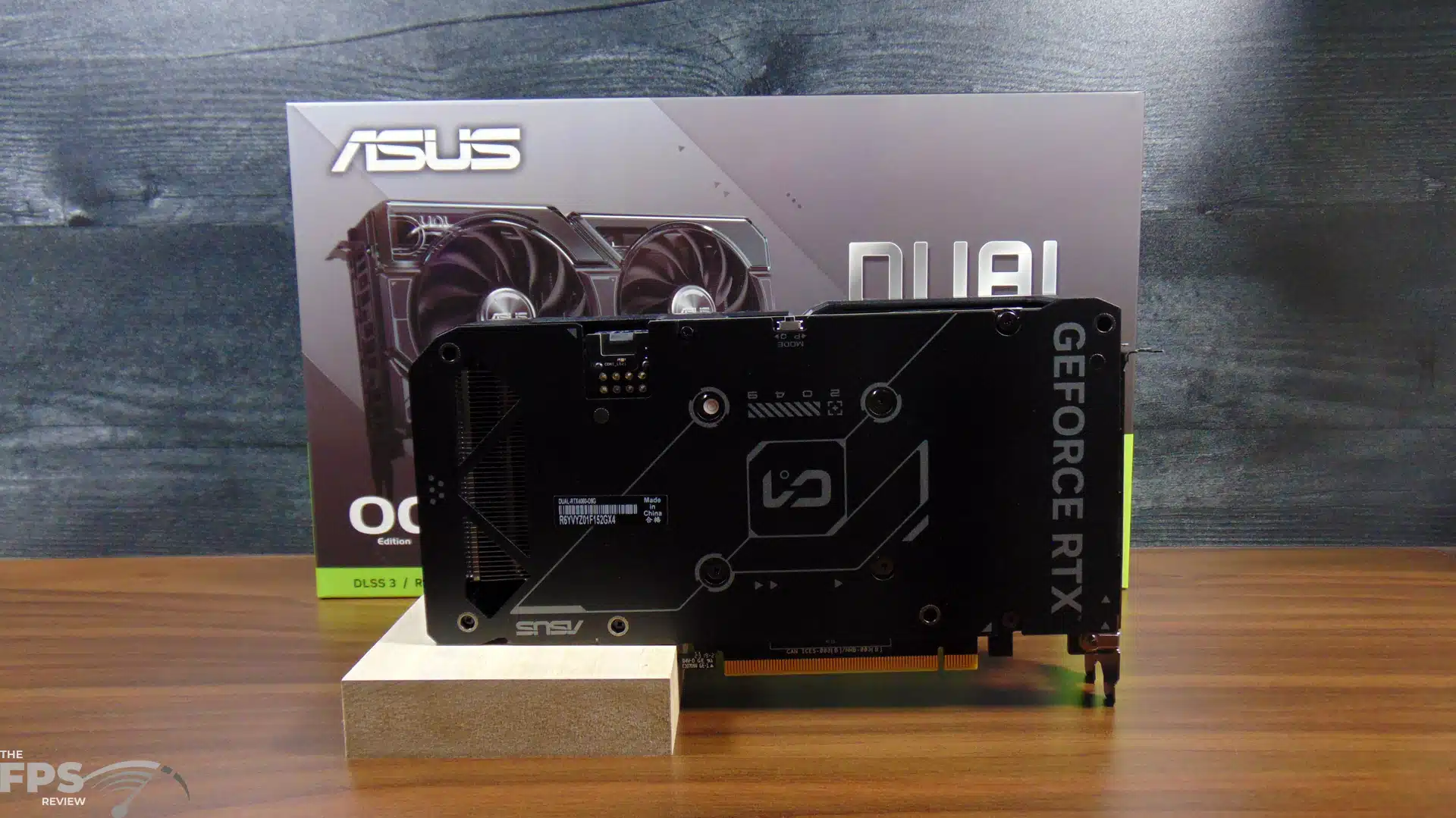At its heart, the GeForce RTX 4060 is based on NVIDIA’s Ada Lovelace architecture on the AD107 GPU die (4N NVIDIA Custom Process), this is compared to the GeForce RTX 4060 Ti which uses AD106. That means this is a smaller die ultimately, and an incredibly power-efficient GPU. You will also find NVIDIA’s 4th Generation Tensor Cores and Optical Flow Accelerators on the new GeForce RTX 4060 Ti. This is necessary for the inclusion of DLSS 3.
The GeForce RTX 4060 also includes NVIDIA’s 3rd Generation RT Cores for better Ray Tracing performance. You also get the support of Shader Execution Reordering (SER) to improve ray tracing operations when utilized in games. The GeForce RTX 4060 also includes NVIDIA’s 8th Generation NVENC encoder with AV1 encoding support. All previous applications like NVIDIA Studio and support like NVIDIA Reflex and NVIDIA Broadcasting are also supported.
The GeForce RTX 4060 also utilizes the new larger L2 cache size inherent in the Ada Lovelace architecture, just like the GeForce RTX 4060 Ti. The GeForce RTX 4060 has 24MB of L2 cache, versus the GeForce RTX 4060 Ti with 32MB. The previous generation GeForce RTX 3060 12GB has only 3MB of L2 cache, so we are looking at quite an upgrade to 24MB with the GeForce RTX 4060 versus the previous generation.
The GeForce RTX 4060 utilizes 3 Graphics Processing Clusters, 12 Texture Processing Clusters, and 24 Streaming Multiprocessors. What this means is that the GeForce RTX 4060 has 3,072 CUDA Cores, 96 Texture Units, 48 ROPs, 96 (4th Gen) Tensor Cores, and 24 (3rd Gen) RT Cores. It will have a Base Clock of 1830MHz and a Boost Clock of 2460MHz. Memory consists of 8GB of GDDR6 at 17GHz on a 128-bit memory bus. This provides 272GB/s of actual memory bandwidth. It has 24MB of L2 cache.
The TGP is 115W for this video card, but the average gaming Wattage is only 110W. It also has a low idle power of 7W and AV1 video playable power usage of 11W. This runs on a PCIe Gen 4 x8 PCIe lanes connection. The required PSU is 550W.




